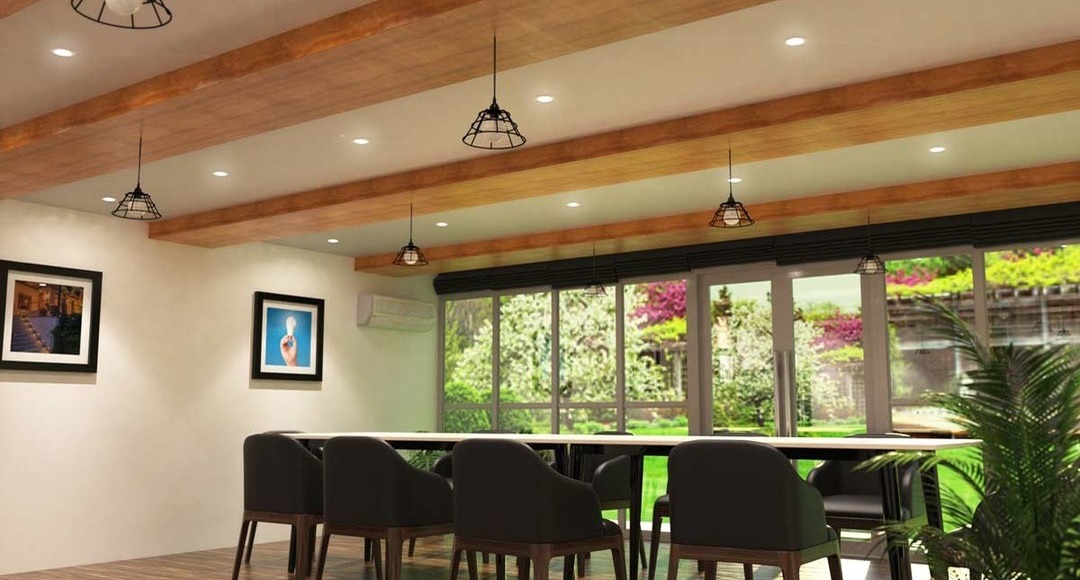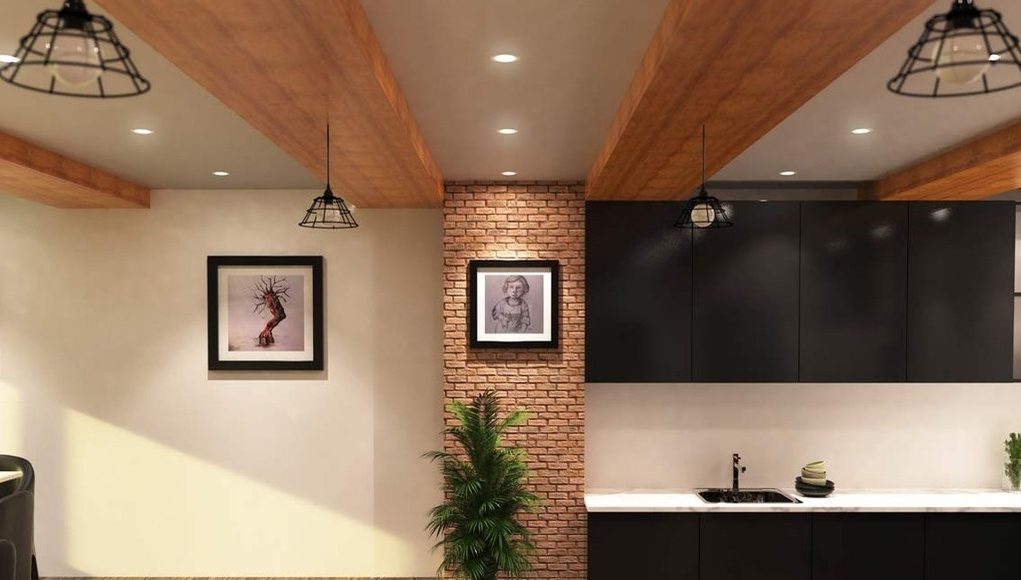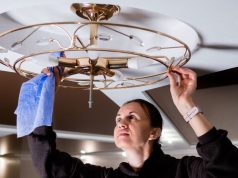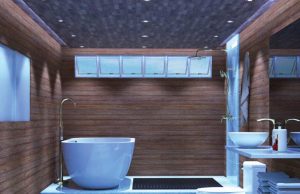Knowing how to position downlights properly is the secret to avoiding a lighting disaster. Mess it up, and your room will feel like an operating theatre or a shadowy cave. But get it right, and you’ll have a well-lit, stylish space without any weird dark corners.
Luckily, you don’t need a PhD to figure it out. This LED downlight spacing guide will walk you through the simple steps to perfect placement. We’ll cover the best downlight types, spacing calculations, and other important factors to consider so you can light up your home like a pro.
What Downlight Should I Use?
Before you install anything in your ceiling, let’s talk about downlight types. Choosing the wrong one can turn your cosy home into a lifeless dungeon or a blinding sci-fi set. Here’s a quick guide to picking the best option:
Fixed Downlights
The dependable classic. These smart or fire-rated LED downlights shine straight down like a spotlight on a theatre stage—except the show is your daily life. They’re great for general lighting, but don’t expect any fancy adjustments. If you need flexibility, look elsewhere.
They’re perfect for evenly lighting up living areas and hallways. Just space them properly unless you want a patchy mix of bright spots and dark corners.
Adjustable Downlights
For those who like a little control, these single-coloured, colour temperature-adjustable, colour-changing or dimmable LEDs can tilt and swivel, letting you aim the beam where it’s needed. Want to highlight a painting or show off that expensive vase you never use? This is your light.
Just don’t get carried away adjusting them in every direction, or you’ll end up with a room that looks like a museum exhibit instead of a home.
Recessed Downlights
Recessed downlights are sleek and seamless, disappearing into the ceiling, keeping your space looking modern and uncluttered. They work well in minimalist designs and rooms where you don’t want anything dangling in your sightline.
However, installation can be tricky. If your ceiling isn’t high enough, you might end up with a downlight that heats up faster than a microwave dinner.
Surface-Mounted Downlights
For those who can’t install recessed lights (or just prefer a bold design choice), surface-mounted downlights sit slightly below the ceiling. They offer a modern look without needing space inside the ceiling.
They can be a bit more noticeable, though, so if you’re aiming for subtlety, you might want to stick with recessed options.
What is Downlight Spacing?
Think of downlight spacing like seasoning a dish. Too much, and it’s overwhelming; too little, and it’s bland. Poor spacing means your room could be too dim, overly bright, or just plain uneven. And nobody wants a living room that looks like a crime scene.
Proper spacing ensures even light distribution, preventing dark patches and blinding hotspots. It also keeps your ceiling from looking like a chaotic mess of random holes. Follow this LED downlight spacing guide, and you’ll have a professional, well-lit space without the guesswork.

How to Calculate Downlight Spacing?
Once you’ve got the downlights, make sure they’re not spaced like a toddler placed them randomly on a drawing. Here’s how to keep things even and elegant:
Step 1: Measure the ceiling height
Grab a tape measure and get this right. Guessing won’t cut it unless you enjoy lopsided lighting. The higher the ceiling, the more space your lights need to cover.
Step 2: Divide the ceiling height by 2
This is the golden rule for spacing. If your ceiling is 2.4 metres high, aim for downlights about 1.2 metres apart. If your ceilings are taller, add some extra space to avoid overkill.
Step 3: Consider the room size and shape
Bigger room? More downlights. Long, narrow space? Plan accordingly. Avoid creating a spotlight effect in the middle of the room while the corners remain in darkness.
Step 4: Keep lights away from walls
Place them about 60cm from the walls unless you want to highlight textures or create mood lighting. Any closer, you’ll end up with dramatic shadows that make your room look eerie.
Step 5: Work out how many you need
If you’re wondering, “How many downlights do I need?” divide the total room width by the spacing distance. This will help you find the correct number and ensure even downlight coverage without unnecessary overlap or gaps.
Step 6: Consider layering
To achieve full coverage without a blinding overhead effect, combine downlights with other lighting sources like pendant lights, floor lamps, or wall sconces.
What are Other Factors to Consider for an Effective Downlight Spacing?
Perfect spacing isn’t the only ingredient in this LED downlight spacing guide. Here are five other factors that can make or break your setup:
Room Function
A bathroom isn’t a bedroom. For the former, you need bright, focused lighting for tasks like shaving or applying makeup, not a dim glow that makes everything look shadowy. On the other hand, bedrooms should feel warm and inviting instead of sterile and overly bright.
Beam Angle
Not all LEDs shine the same way. A wide beam angle covers more area, meaning fewer lights are needed. A narrow beam focuses on a smaller space, perfect for creating drama but also capable of making your room look like a theatre stage if overdone.
Colour Temperature
Warm white (2700K to 3000K) creates a cosy atmosphere, while cool white (4000K) keeps things crisp and energising. Choose poorly, and you’ll either feel like you live in an old-timey tavern or a hospital.
Furniture Placement
Ever seen an LED downlight shining directly onto a glass table? That’s an instant regret. Think about what’s below—avoid placing lights directly above reflective surfaces, beds, or the middle of nowhere.
Dimmers and Controls
You don’t need your living room to be as bright as the sun’s surface. Dimmers allow you to control brightness, set the mood, and avoid wasting energy.
Final Thoughts: Get the Perfect Glow
Now that you know how to arrange downlights, how many you need, and more, you can illuminate your space like a pro. Always refer to this LED downlight spacing guide to ensure your room gets balanced and well-placed fixtures.
For top-quality downlights and expert lighting solutions, check out Simple Lighting. With a vast selection of stylish, energy-efficient options, they make upgrading your home’s lighting effortless.














